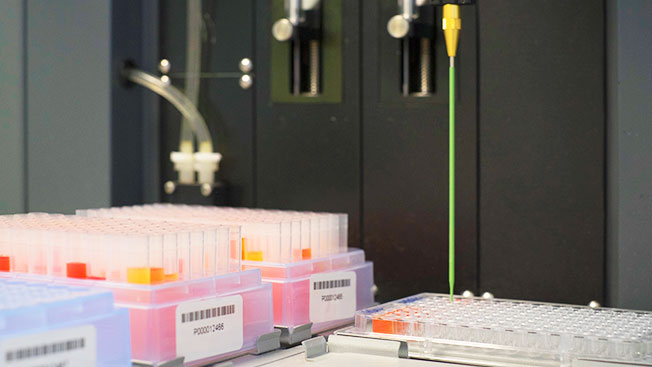Controlling abortion on Small Ruminants farms
It is extremely important to make a quick and conclusive laboratory diagnosis to identify and control an abortion outbreak , allowing the establishment and implementation of appropriate control measures.
Beyond the economic impact that abortion agents may cause on the farm, there is also the zoonotic potential to bear in mind. A very wide range of abortion agents in small ruminants have zoonotic potential.
The correct diagnosis of the agent can only be made by a laboratory testing, since clinical history and macroscopic lesions do not allow proper differential diagnoses.
The most commonly used laboratory techniques are PCR and ELISA. Both can be used but in different situations:
● PCR: a fast, sensitive, and specific test that can be used in the foetus, placenta, and vaginal swabs.
● ELISA: can be used in serum and it is very useful in non-vaccinated animals to identify non-endemic infection, non-vaccinated animals, and monitoring of eradication programmes.
Laura highlights the fact that the results must always be evaluated together with clinical history and macroscopic lesions.
Unfortunately, just a few of the abortions end up reported at the European level, because farms do not correctly implement laboratory diagnosis.
However, studies carried out up to now point to Chlamydia as the main abortion-causing agent, responsible for more than 60% of the reported cases in some countries, such as Spain.
“Laboratory diagnosis is the first step to controlling abortion on Small Ruminants farms”





